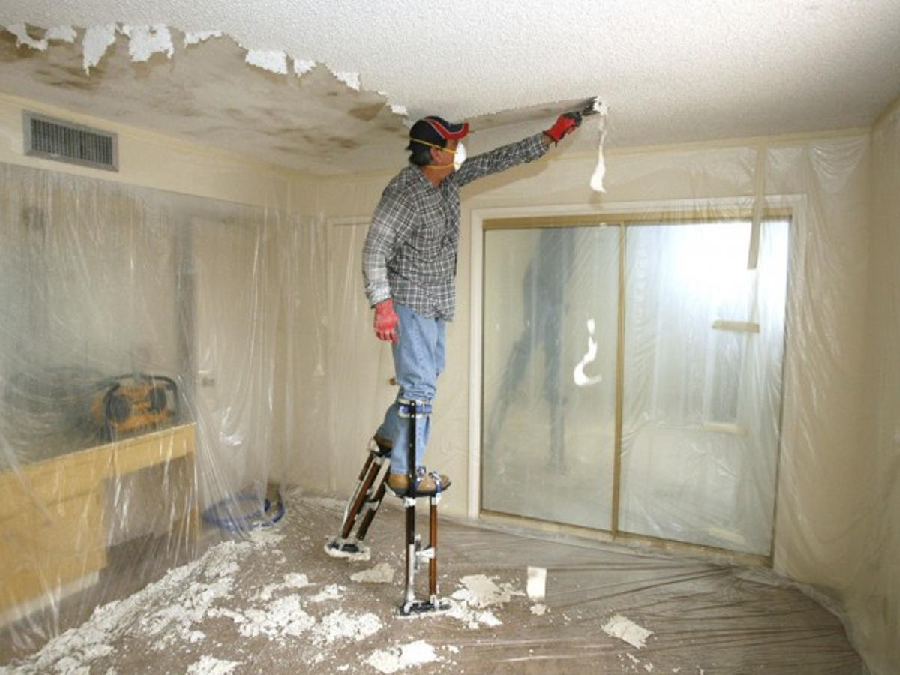Did you ever try looking out from your window on a rainy day, wondering if your roof would leak? We’ve all been there, feeling helpless as the heavy rain thumps against the rooftop.
However, most appreciate how the outer roof protects your home’s top structure. Yet, a crucial, unseen layer is critical to ensuring your roof remains waterproof.
Join us as we peel away the layers to learn about wet roofing felt. Let this blog answer our question, “Is roofing felt waterproof?”.
Read on!
What Is Roofing Felt?
Roofing felt, better known as tar paper, has been popular in roof construction for over a century. It is used as a protective layer under the main roof covering material for a particular purpose.
When rain or snow falls on the roof, water portions will penetrate the spaces between the shingles. The roof felt will stop these leaks from reaching the roof deck. Liquids are then drained away from under the shingles, preventing them from causing damage.
Without this layer of protection, water may seep into ceilings and may result in leaks. This makes this underlayment vital in roof construction.
Is Roofing Felt Waterproof?
While metal sheets, tiles, or wood shingles are the standard roofing materials, they alone cannot prevent leaks. A waterproof layer is necessary to shield off excess water that will seep in and build up under the shingles. This is where the purpose of roofing felt comes in.
But what makes it resistant to water and fluids? Felts are mostly made of paper or fiber materials coated with water-repellant substances. The two types of felts that share waterproof characteristics are asphalt felt and fiberglass felts.
Asphalt felt is made of a sheet of paper impregnated with asphalt. The asphalt coating on the felt repels water, preventing it from seeping through the felt and damaging the roof deck. However, asphalt felt is less durable than fiberglass felt and can be more easily torn or punctured.
Fiberglass type uses a sheet of fiberglass also coated with asphalt. The fibers give the felt added strength and durability. This makes fiberglass felt less likely to be damaged by wind or hail.
You can visit your local hardware or search online for the type of roofing felt you may prefer. Refutable shops like S&D Timber & Builders Merchants can give you the best deals.
What Are the Other Benefits of Roofing Felts?
Roofing felt is more than just a waterproof underlayment. Its additional benefits make it a vital part of any roofing system.
First, it offers excellent weather protection against harsh elements such as ice and forceful rains. A roof felt material is usually tear and puncture resistant, allowing it to withstand extreme weather conditions.
Secondly, roofing felt provides added insulation during the summer months. Being non-conductive, it diffuses more of the heat from the roof to keep your building cooler. This will lead to lower air conditioning uses or power consumption.
Lastly, wet roofing felt reinforces your roof, ensuring a longer life span. Overall, these benefits convert into significant savings in the long run.
Protect Your Roof Starting Today
So, is roofing felt waterproof? Yes, It is a dependable water-repellant protection for your roofs. So give your house robust protection against extreme weather along with your roofing. Moist and leaks can damage your roof decks and your investments.
Be sure to install the right roof felt material and lessen your worries starting today!
Did you find this article helpful? Check out the rest of our blogs!









